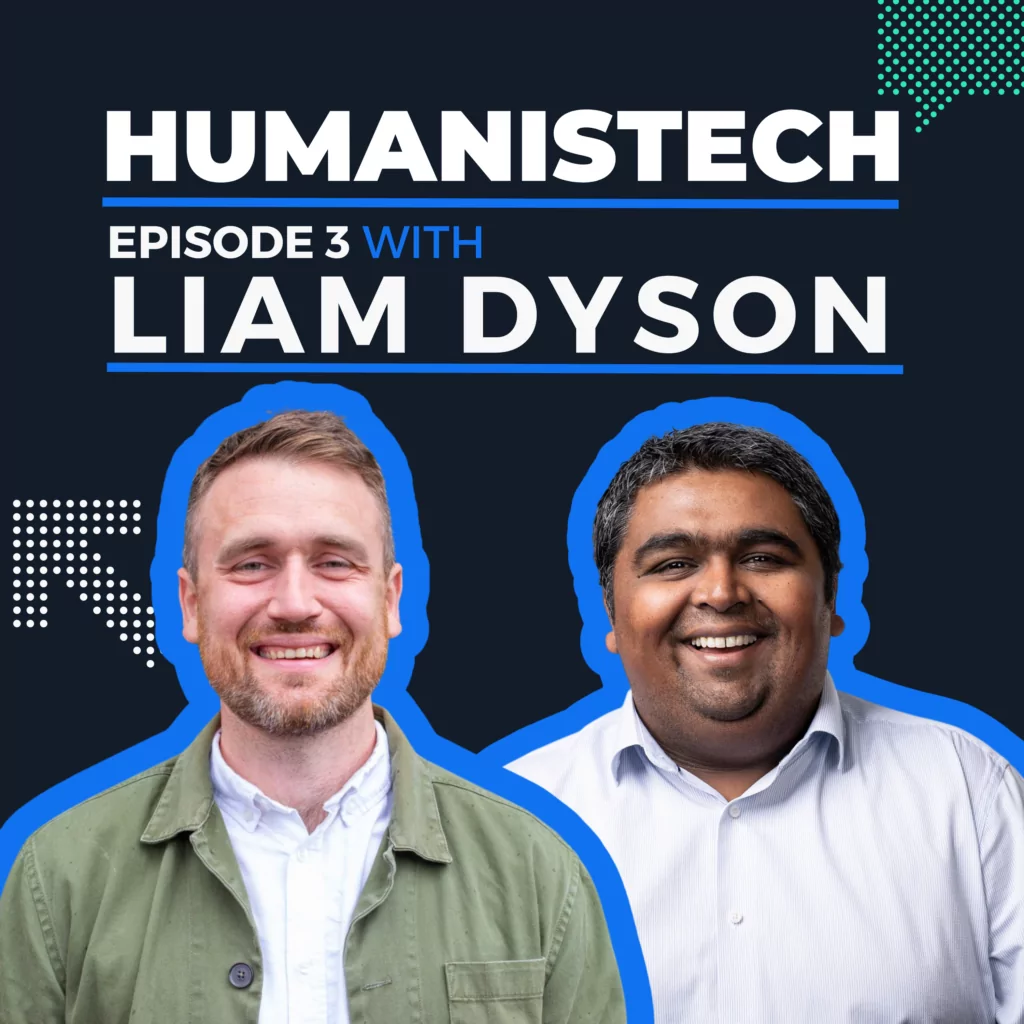ADHD – or Attention Deficit Hyperactivity Disorder – is a neurodevelopmental condition characterised by a persistent pattern of inattention and/or hyperactivity/impulsivity. The disorder‚ which presents itself predominantly in academic‚ occupational or social settings‚ can affect people of all ages but is most likely to impact the young. Indeed‚ recent statistics show one in five school children are believed to be suffering from it.
According to research by Child Trends‚ close to 8.8% of the world’s children – a gargantuan 616m – were affected by ADHD in 2013‚ up from 5.5% in 1997. Given these alarming numbers‚ it is imperative educational establishments and healthcare providers act swiftly to help reverse the trend.
ADHD can be treated either through behavioural interventions or through clinical methods‚ the latter relying on medication and allopathic means. Unfortunately‚ drugs designed to reduce the symptoms of the condition come with many side effects that can impact children’s physical and mental development alike‚ and should therefore be avoided. Traditional behavioural treatments‚ meanwhile‚ involve controlling disruptive behaviour and inattention‚ while increasing social skills and academic performance. However‚ one alternative is to use new technology‚ with Virtual Reality‚ in particular‚ set to be a game changer.
![[object Object] [object Object]](http://images.ctfassets.net/o6514hijae09/4jZM61UyWIy7hbnzc3XOy3/a8d194e59042fa979fce165ca695ba27/Autism__kid_looking_far_away_without_interesting.jpeg)
Gartner’s Hype Cycle for Emerging Technologies‚ which analyses the potential of recent digital innovations‚ has stated that VR has a bright future ahead of it. Hence‚ investments in the field are reaching astronomical levels and by 2025 are expected to hit $35bn. Of this‚ 14.5% – or $5.1bn – will likely come from the healthcare industry.
Against this backdrop‚ we sought to explore possible alternatives for treating ADHD‚ based not on drugs but on pioneering technologies. We are experienced in developing cutting edge apps in the digital health arena and are already offering high-end VR solutions in a number of fields. So this seemed an obvious place to start.
VR is a powerful technological tool‚ which blocks out the physical world and engages users in simulated visual and auditory phenomena. It has a non-mediation effect‚ which means it can immerse users completely within the sensory experience. Thus‚ it can assist medical practitioners in observing patient response‚ helping them diagnose ADHD earlier than would have been possible previously. And this is just one possible use of the revolutionary technology within this field‚ making a clear competitor with more traditional methods.





